 No One Is Too Small to Make a Difference by Greta Thunberg
No One Is Too Small to Make a Difference by Greta ThunbergMy rating: 4 of 5 stars
Although I am full of admiration for Greta Thunberg and the young people (and many older of course) involved in the environmental movement she has helped to create, I was a little disappointed in this book. For a long time I have been very aware of the climate change crisis situation, global warming, and the threat to biodiversity, having written and taught on such topics as a teacher. It seems to me that the most laudable thing that Greta and her young supporters have done is to have shaken up the cosy world of politicians and big business executives to the urgency of the situation – that of ensuring there is no further increase in the planet’s mean temperature rise than 1.5 degrees Celsius. The methods, ways and means of attempting to do this are various, known by conscientious scientists for decades! But the resistance, for that is what it is essentially, to applying these measures stems from the dramatic effects they are likely to have upon the economies and politics of the so-called developed countries of the world. I believe that Greta and most of her young supporters ‘get it’, and they are pleading the cause because it will affect their world most of all, by which I mean the future world of themselves, and of their future children.
Unfortunately, the book is little more than a collection of her speeches to many important bodies around the globe, and inclined to be, therefore, somewhat repetitive in parts. Whilst repeating a point many times can be effective it is a pity that some of the background climate information was not included for the benefit of the less informed readers. As it is, there is the danger of it becoming rather boring to some, such as those who are curious to know ‘why all the fuss about Greta’, and then failing in its aim of being a rallying cry to save our living planet. The speeches are indeed ‘ground-breaking’ and wholly justified, but this small book about small people making a difference needs some more ammunition to pad it out into something even more significant and potent.
View all my reviews
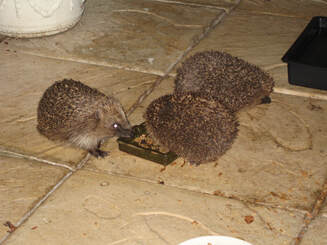
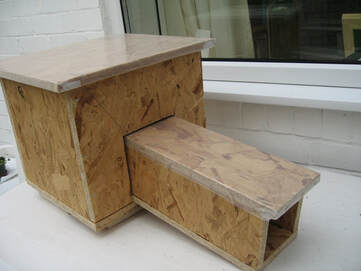
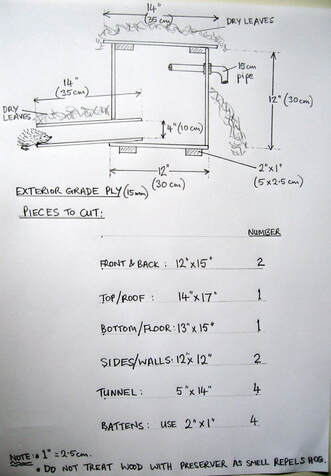
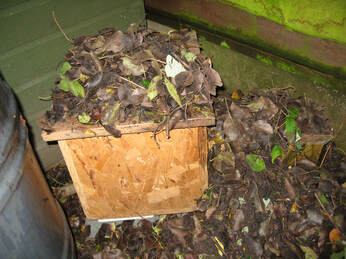


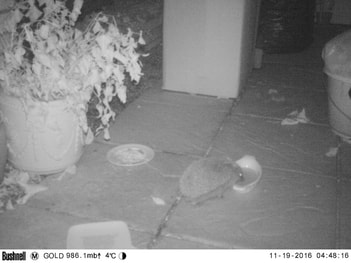

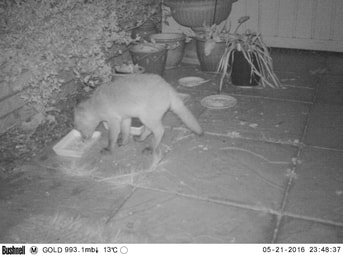
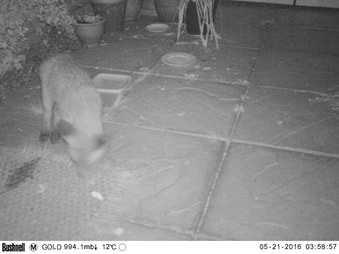
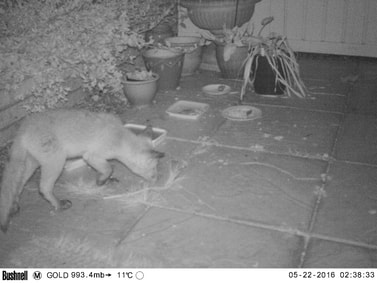
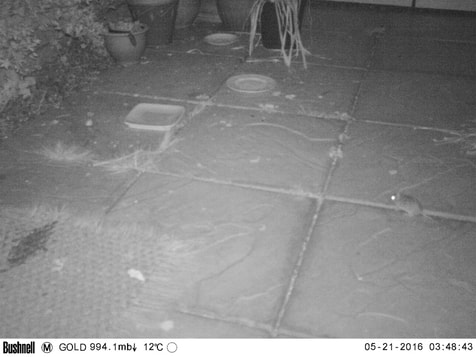
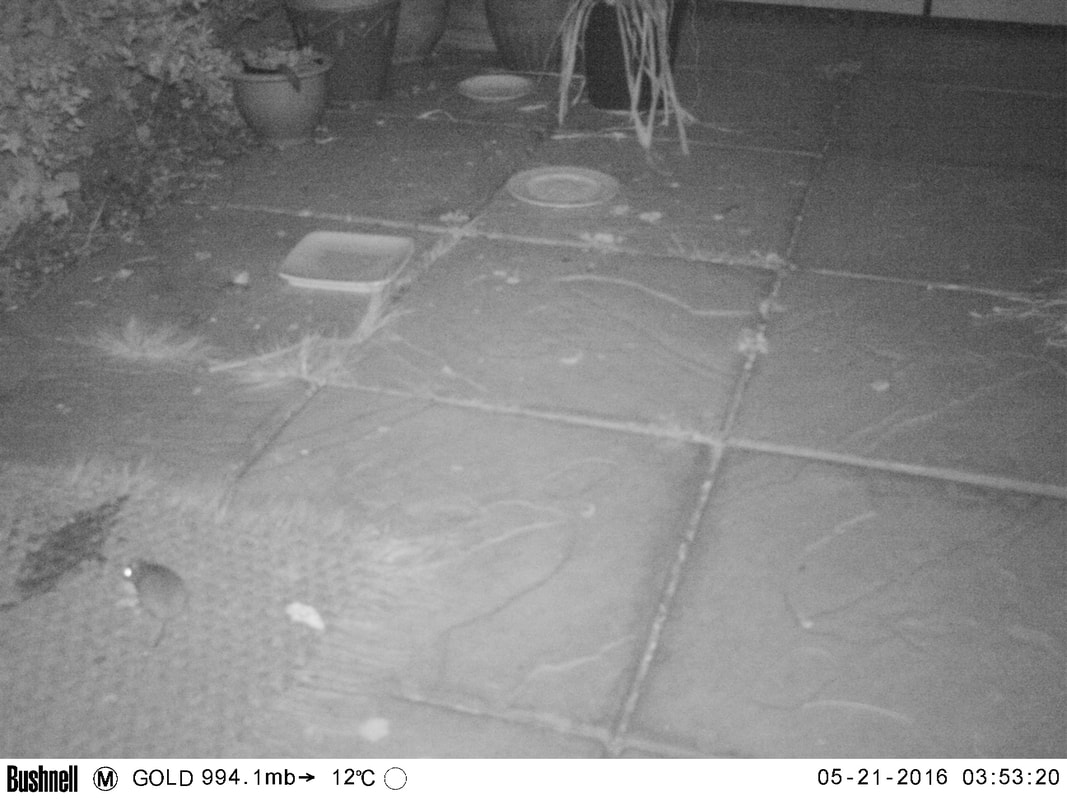
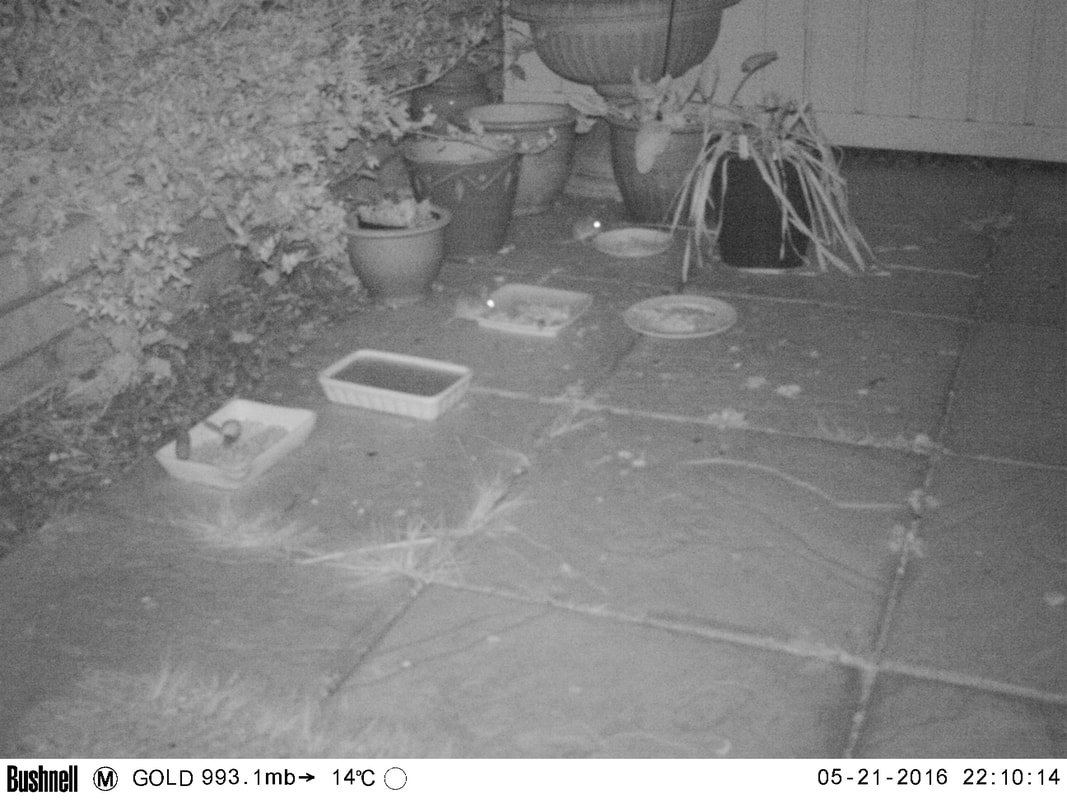

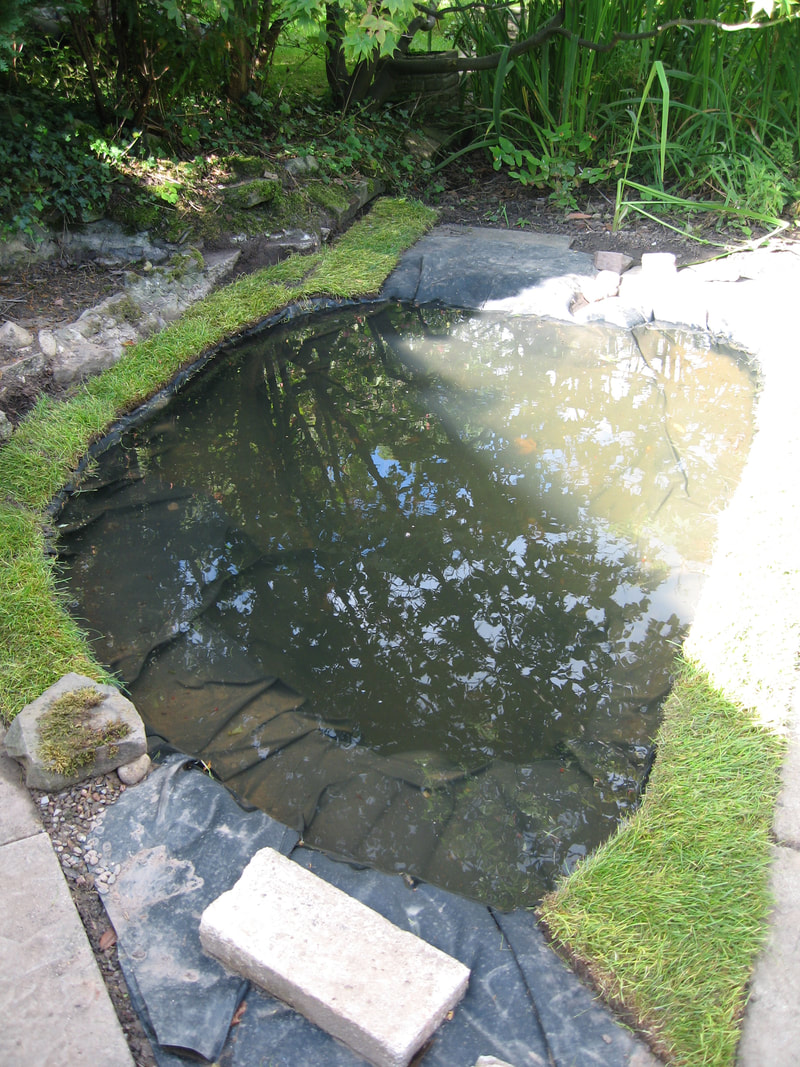
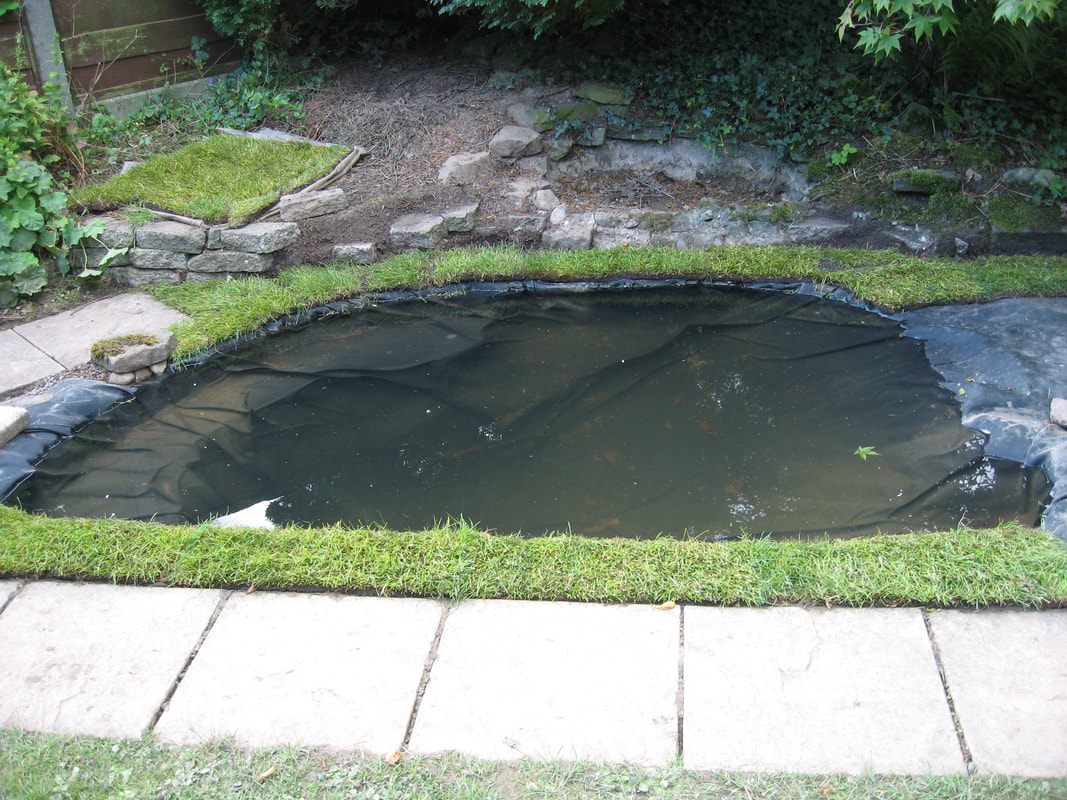
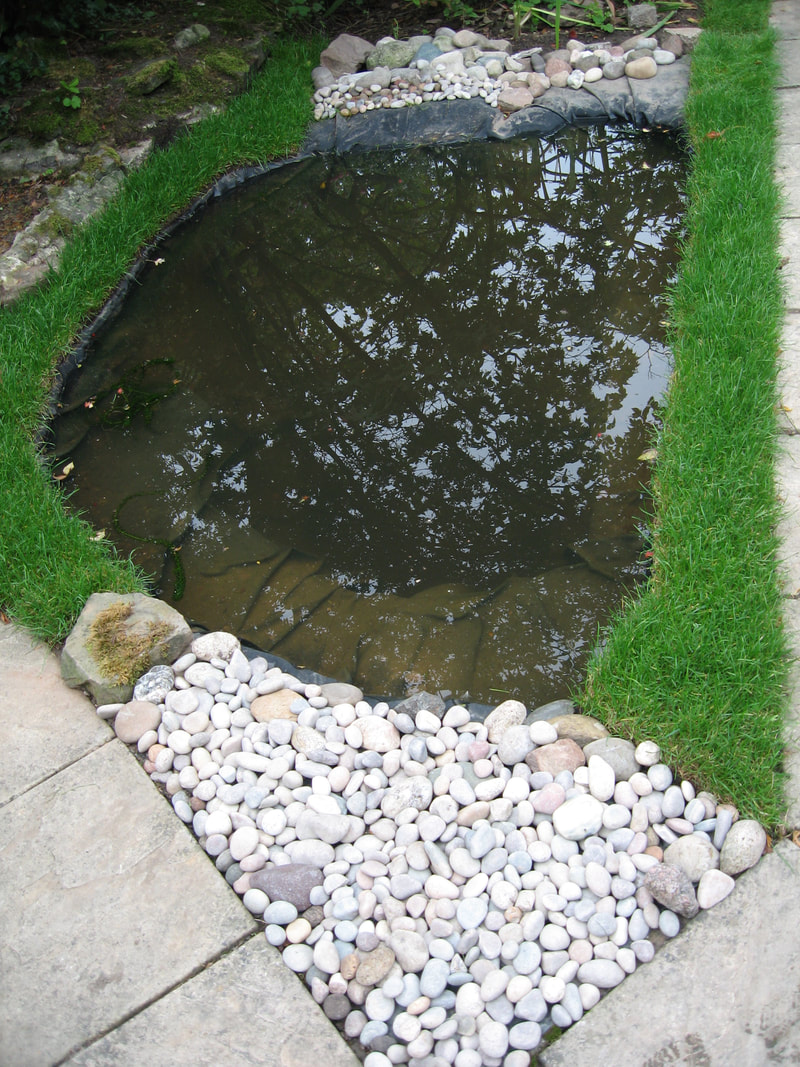
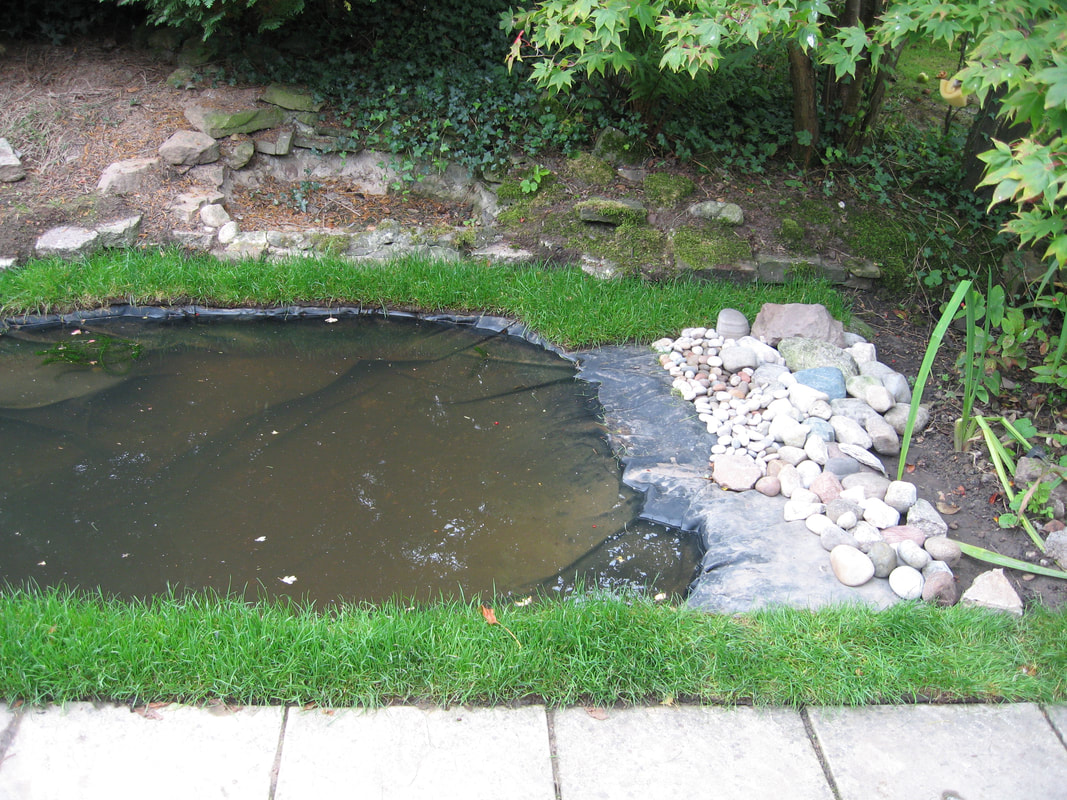
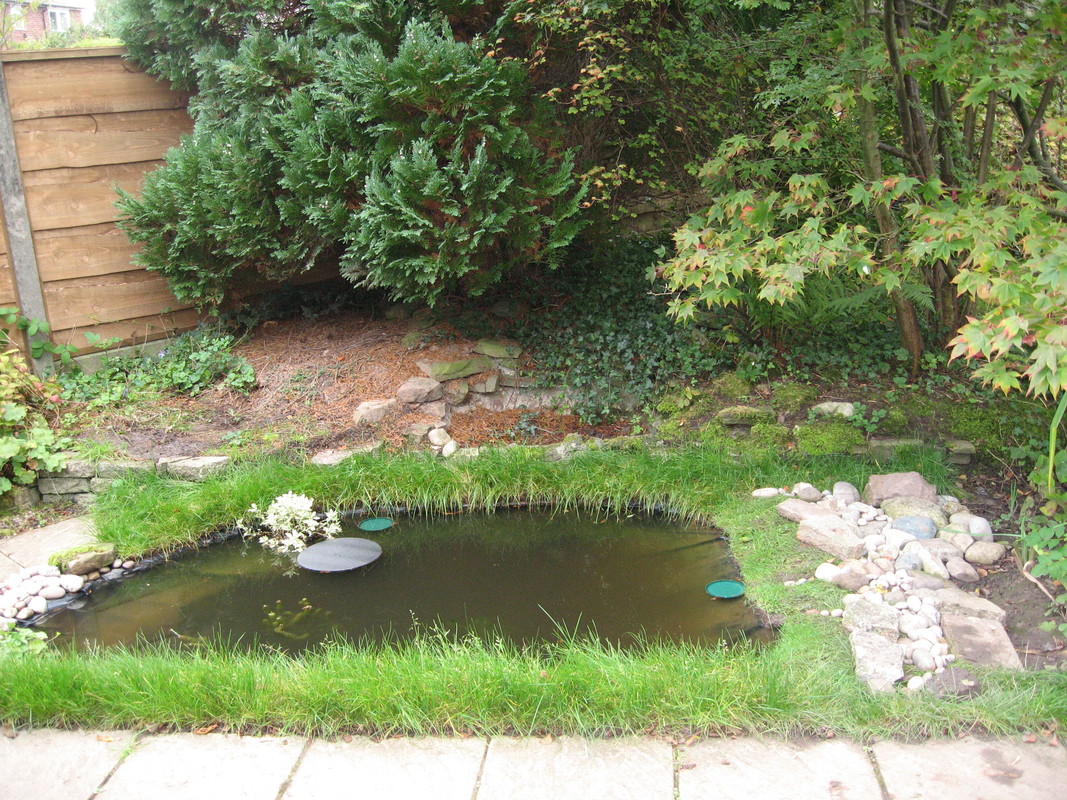
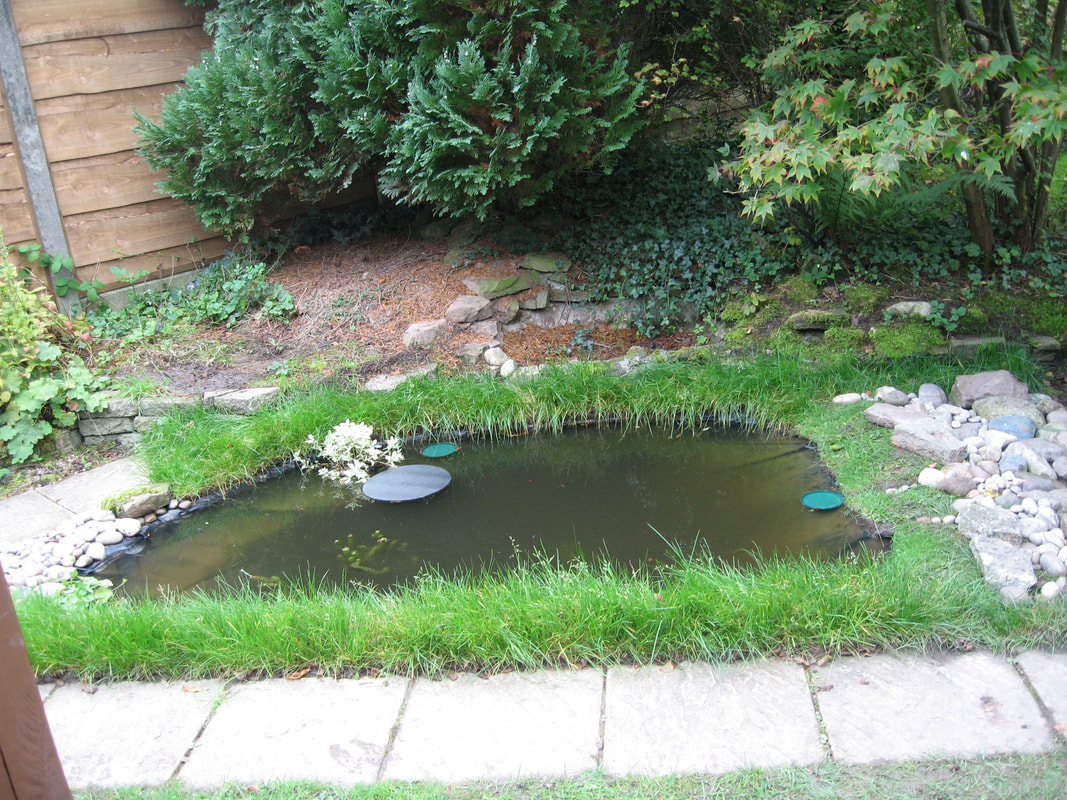
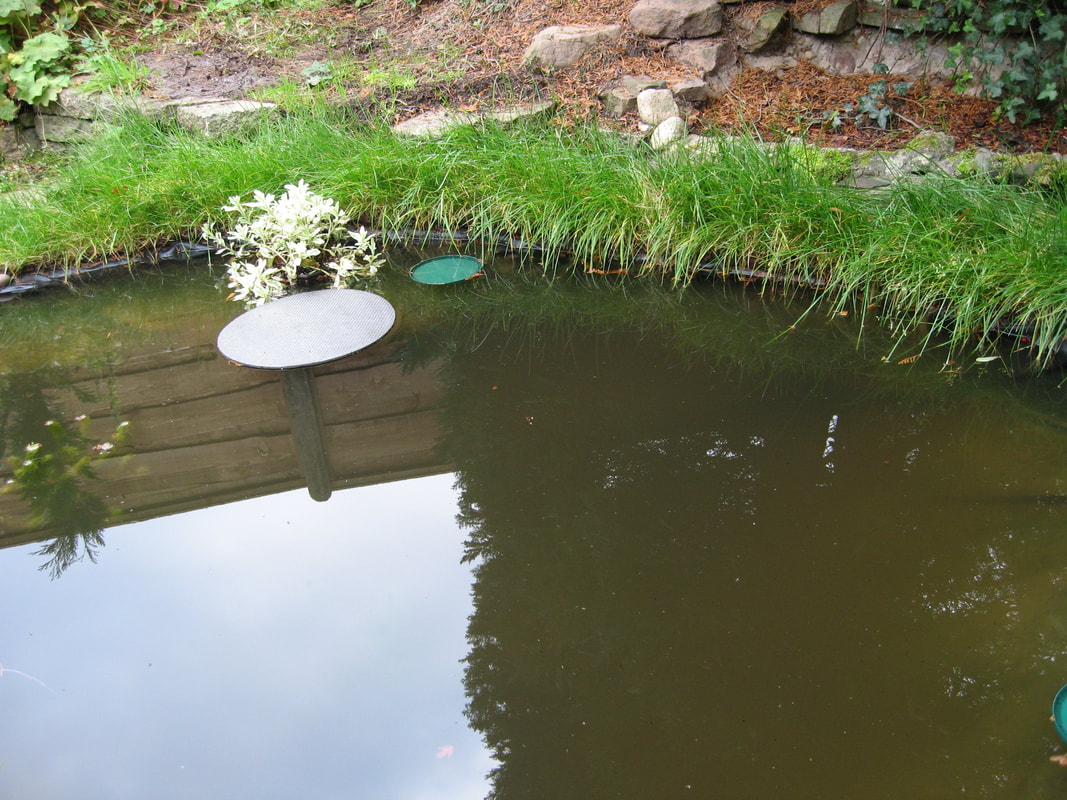
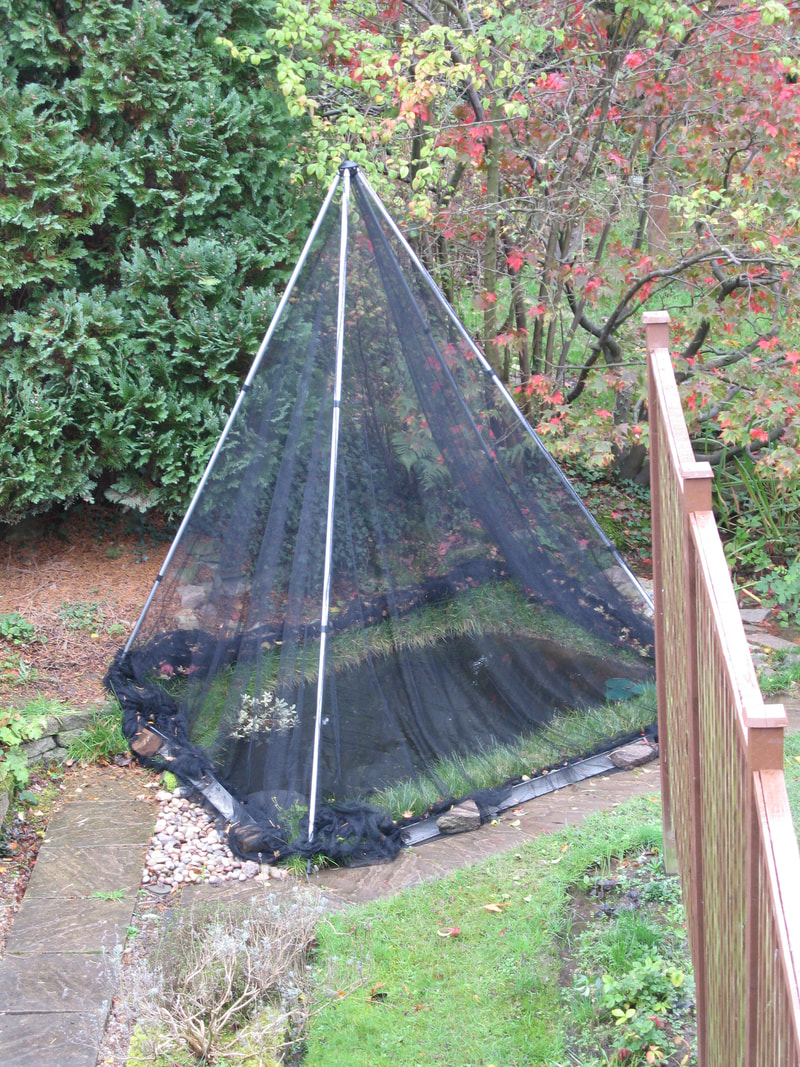
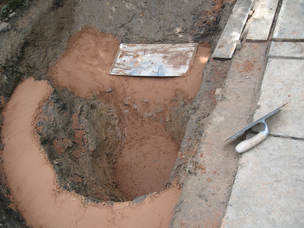
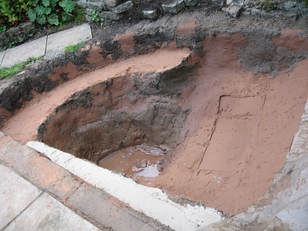
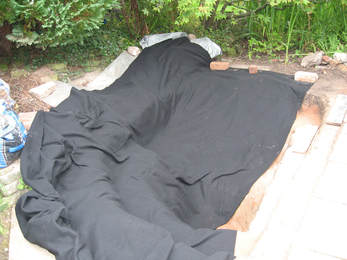
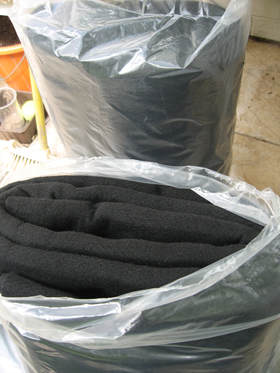
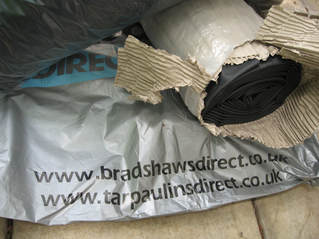
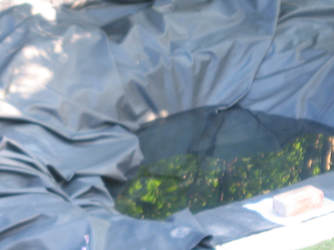

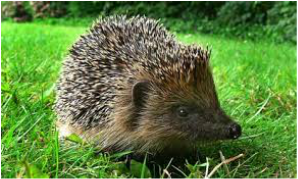
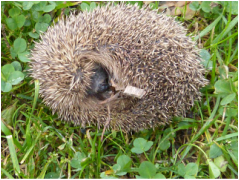
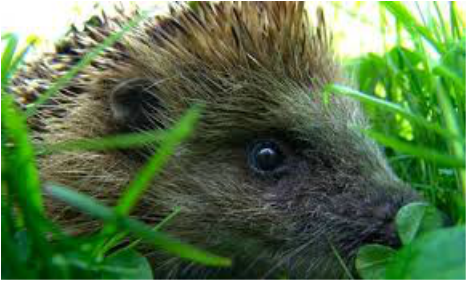
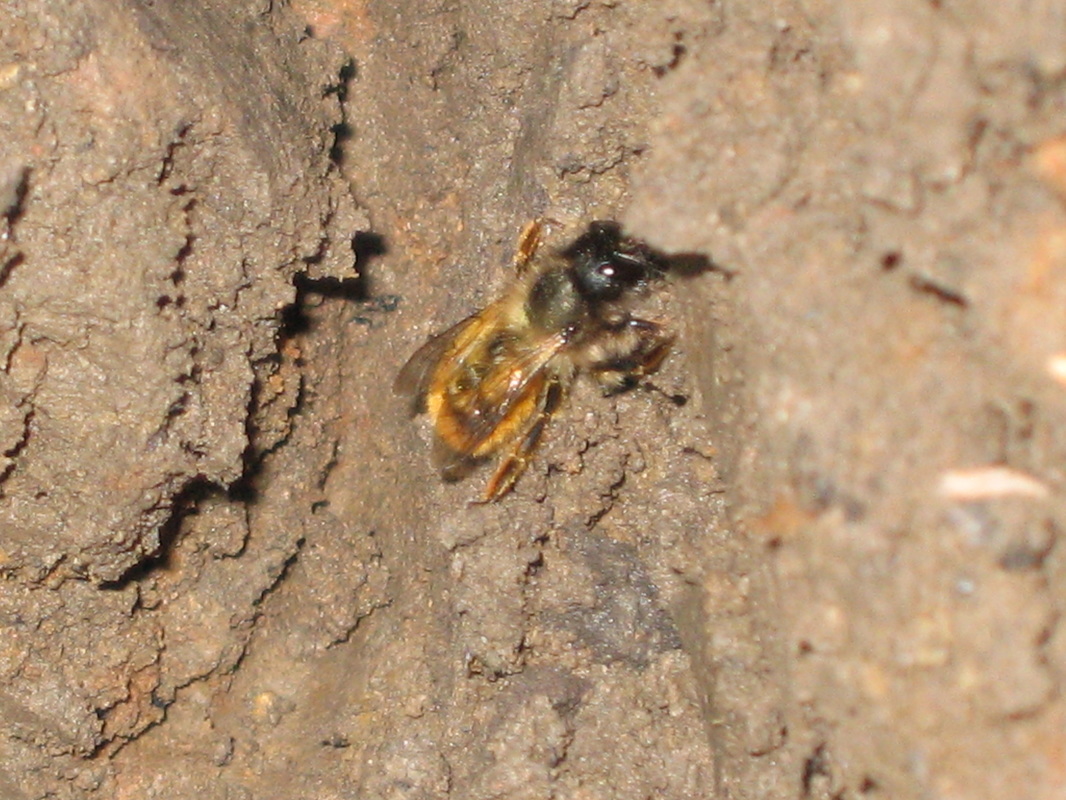
 RSS Feed
RSS Feed
